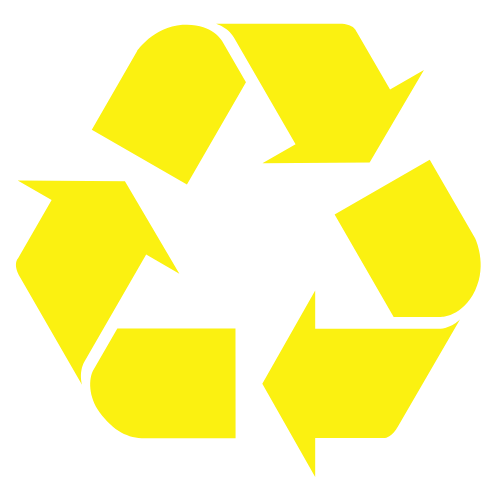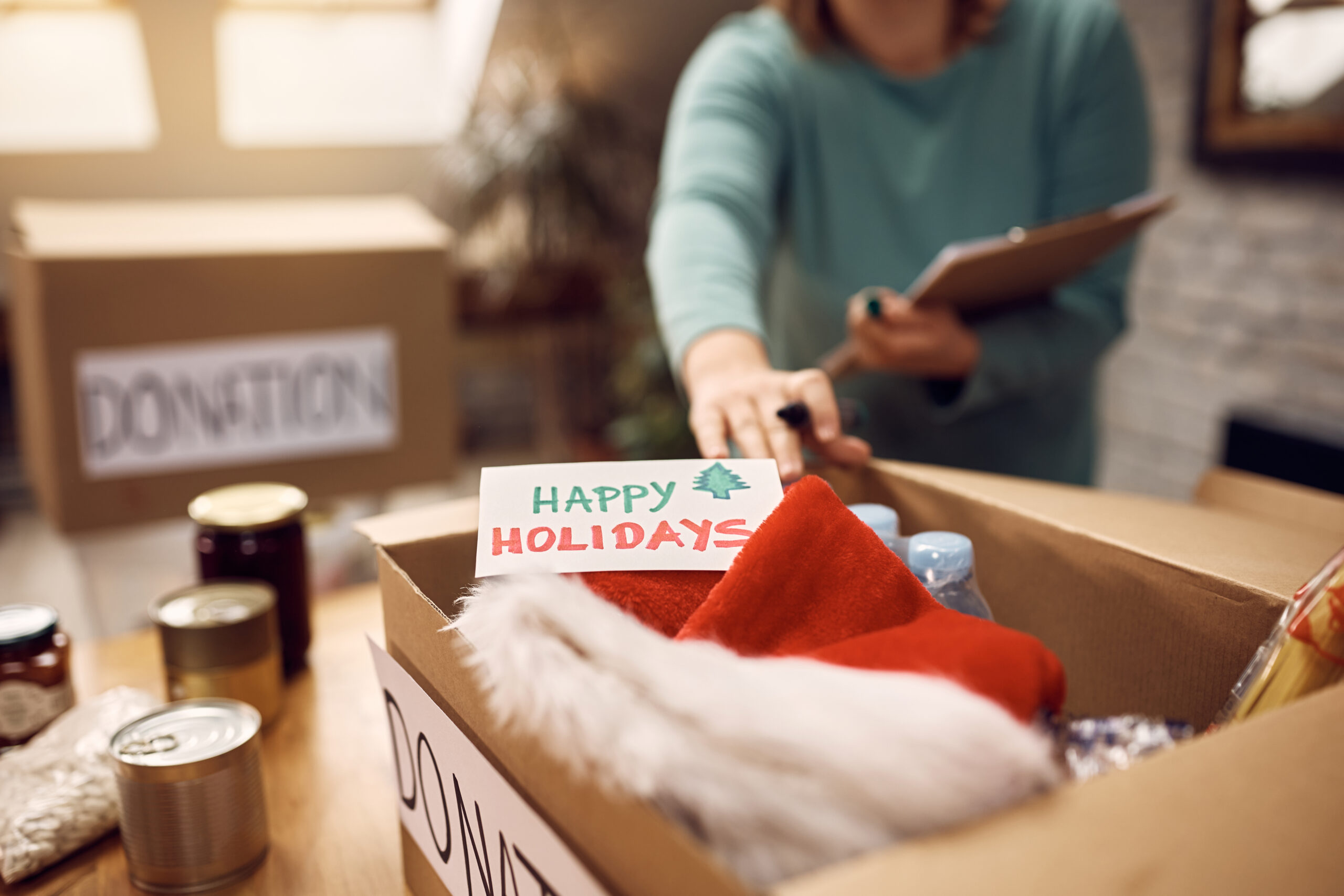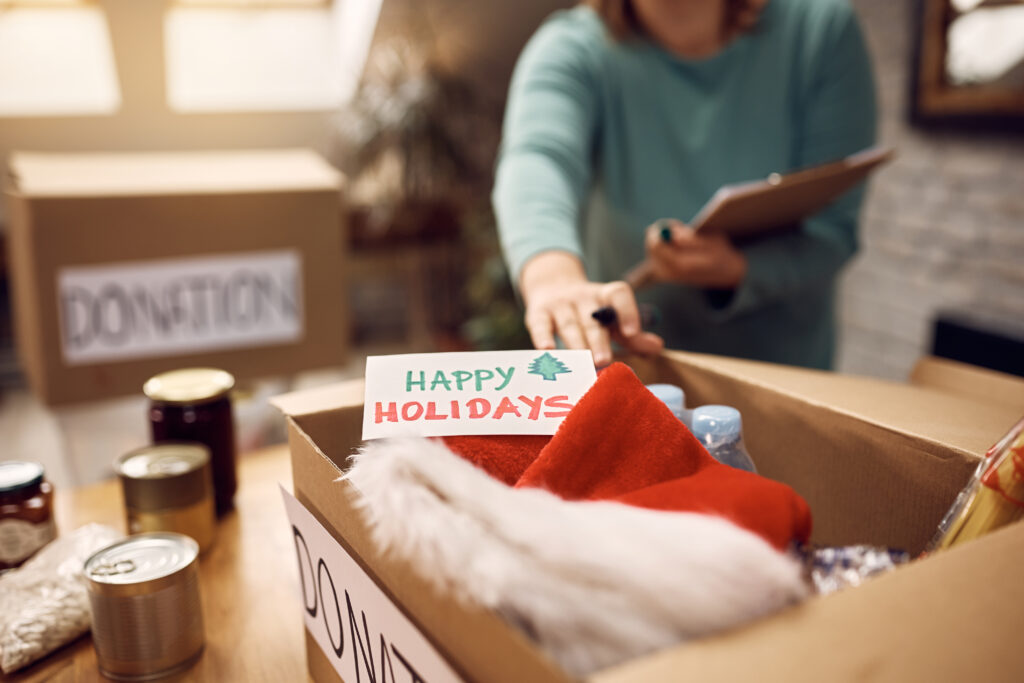


Learn more about recyclable items! Unexpected Items You Can Recycle This Holiday SeasonThe holiday season brings joy, festivities, and unfortunately, a significant increase in household waste. As we unwrap gifts, decorate our homes, and indulge in seasonal treats, it's easy to overlook the environmental impact of our celebrations. However, with a little knowledge and effort, we can turn this time of excess into an opportunity for responsible recycling and waste reduction. This comprehensive guide will explore ten surprising items you can recycle during the holidays, helping you minimize your environmental footprint while still enjoying all the season has to offer. From gift wrap to electronics, we'll uncover innovative ways to give new life to items that might otherwise end up in landfills. By adopting these recycling practices, you'll not only contribute to a more sustainable future but also set a positive example for friends and family. So, let's dive in and discover how we can make our holiday celebrations both merry and eco-friendly! The mountain of colorful paper left behind after a gift-opening frenzy is a familiar sight during the holidays. But before you toss it all in the trash, consider these recycling options: Not all gift wrap is created equal when it comes to recycling. Plain paper varieties without glitter, foil, or plastic coatings can typically be recycled. To determine if your wrapping paper is recyclable, try the "scrunch test" - if it stays crumpled when squeezed into a ball, it's likely recyclable. For wrapping paper that can't be recycled, consider reusing it for craft projects or as packaging material for future gifts. You can also explore eco-friendly alternatives like kraft paper or fabric gift wraps for next year's presents. Paper gift boxes and bags are generally recyclable, provided they're free from non-paper embellishments. Remove any ribbons, bows, or plastic handles before placing them in your recycling bin. Better yet, save sturdy boxes and bags for reuse in future gift-giving occasions. The influx of online shopping during the holidays means a surplus of cardboard boxes. These are highly recyclable, but be sure to break them down flat to save space in your recycling bin. Remove any tape, labels, or plastic inserts before recycling. While foam peanuts and plastic air pillows aren't recyclable in most curbside programs, many shipping stores will accept clean packing materials for reuse. Alternatively, save them for your own future shipping needs or offer them to local small businesses that might appreciate free packing supplies. Sending and receiving holiday cards is a cherished tradition, but what happens to all those cards after the season ends? Here's how to handle them responsibly: Most paper-based holiday cards can be recycled along with other paper products. However, cards with glitter, foil, or other embellishments should be kept out of the recycling bin. For these, consider upcycling them into gift tags or decorations for next year. While the paper portion of photo cards can be recycled, the photo itself typically cannot. Separate the two components and recycle the paper backing if possible. Photos can be saved as keepsakes or used in craft projects. Plain paper envelopes are recyclable, including those with plastic windows. The adhesive used on envelope flaps is generally water-soluble and doesn't interfere with the recycling process. However, padded envelopes with bubble wrap lining should be disposed of separately. To reduce paper waste altogether, consider sending digital cards or e-greetings next year. These allow for personalization without the environmental impact of traditional cards. Natural decorations like Christmas trees and wreaths don't have to end up in landfills. Here are some eco-friendly disposal options: Many communities offer special collection services for Christmas trees after the holidays. These trees are often chipped and used as mulch in local parks or given away to residents for gardening use. Remove all decorations, tinsel, and the tree stand before recycling. If curbside pickup isn't available, check for drop-off locations at local parks or garden centers. Some creative recycling options include using the tree as a bird feeder in your backyard or chopping it up for firewood. Natural wreaths and garlands made from pine boughs, holly, or other organic materials can be composted. Remove any wire frames or non-biodegradable decorations first. The compost can then be used to nourish your garden in the spring. While not biodegradable, artificial trees and decorations can often be donated if they're still in good condition. Local charities, schools, or community centers may welcome these items for future use. If the tree is beyond repair, check with your local waste management facility for proper disposal methods. Get creative with your old greenery! Pine needles can be used to make scented sachets, while sturdy branches can become garden stakes or rustic decorations for next year. The holidays often bring an influx of new electronics, leaving older models obsolete. Here's how to responsibly dispose of unwanted gadgets: Many electronics retailers offer recycling programs for old computers and laptops. These devices contain valuable materials that can be recovered and reused. Before recycling, be sure to wipe all personal data from the hard drive. Like computers, smartphones and tablets can be recycled through manufacturer take-back programs or at electronics stores. Some companies even offer trade-in credits for upgrading to newer models. Outdated gaming systems still have value. Consider donating working consoles to children's hospitals or youth centers. For non-functional units, check with the manufacturer or local e-waste recycling facilities for proper disposal. Many types of batteries, including rechargeable ones, can be recycled. Look for battery recycling drop-off points at electronics stores or check if your local waste management facility accepts them. Never dispose of batteries in regular trash, as they can be hazardous. Did you know you can recycle electronics at Staples? Twinkling lights and shiny ornaments add sparkle to the season, but what happens when they stop working or go out of style? Holiday lights contain valuable copper wire and other recyclable materials. Many hardware stores and some municipalities offer seasonal recycling programs specifically for string lights. If local options aren't available, mail-in recycling programs can be a convenient alternative. Glass ornaments can typically be recycled with other glass products, provided they're free of glitter or metallic paint. Plastic ornaments are trickier - check with your local recycling facility to see if they accept them. For broken or unwanted ornaments, consider repurposing them into craft projects or donating usable ones to thrift stores. Unfortunately, most tinsel and garland aren't recyclable due to their mixed materials. Instead of discarding them, store them carefully for reuse in future years. If you're looking to replace these items, consider more sustainable alternatives like paper chains or popcorn garlands. Spray-on artificial snow is not recyclable and can be harmful to the environment. Opt for reusable decorations like cotton batting or white fabric to create a snowy effect instead. Holiday feasts generate a lot of packaging waste. Here's how to handle common food-related items: Glass is infinitely recyclable without loss of quality. Rinse out bottles and jars before placing them in your recycling bin. Remove any non-glass components like corks or metal lids, as these may need to be recycled separately. Clean aluminum cans and foil can be recycled endlessly. Crumple foil into a ball before recycling to prevent it from getting lost in the sorting process. Disposable aluminum baking pans are also recyclable after a thorough cleaning. Check the recycling symbol on plastic containers to determine if they're accepted in your local program. Generally, clear plastic bottles and containers are widely recyclable. Rinse out any food residue before recycling. Many beverage cartons, like those used for eggnog or milk, are recyclable. Flatten them before placing in the recycling bin. Cardboard boxes from crackers or cookies can also be recycled, but remove any plastic windows or liners first. The holidays often bring new wardrobes, leaving old clothes forgotten. Here's how to responsibly handle unwanted textiles: Donate wearable clothing to local charities or thrift stores. Many organizations particularly need warm coats and winter accessories during the holiday season. Consider organizing a clothing swap with friends or family to give old items new life. Even clothes and linens too worn for donation can be recycled. Many textile recycling programs accept items in any condition, turning them into insulation, cleaning cloths, or new fabric blends. Check for textile recycling bins in your community or at some clothing retailers. Like clothing, gently used shoes and accessories can be donated. For items beyond repair, some shoe companies offer recycling programs that turn old footwear into playground surfaces or new shoe components. Ugly Christmas sweaters or other holiday-themed clothing can be donated to thrift stores or saved for next year's festivities. If they're beyond use, cut them up for craft projects or include them with other textile recycling. Plastic gift cards are a popular holiday gift, but they can be tricky to recycle. Here are some options: Many retailers offer reloadable gift cards. Keep these and add funds for future use instead of acquiring new plastic cards each time. Some gift card issuers have their own recycling programs. Check the card or the company's website for information on how to return used cards for recycling. Get creative with old gift cards! They can be turned into guitar picks, decorative mosaics, or even tiny planters for succulents. For future gift-giving, consider digital gift cards or e-vouchers. These eliminate the need for physical plastic cards altogether. Scented candles add warmth and ambiance to holiday gatherings, but what do you do with the leftover wax? Leftover wax from jar candles can be melted down and repoured into new containers with fresh wicks. This extends the life of your favorite scents and reduces waste. Once you've removed the wax, clean glass or metal candle containers can typically be recycled with other similar materials. Natural beeswax candles can be composted once the wick is removed. However, paraffin wax is not compostable and should be disposed of in regular trash. Use small amounts of leftover wax to make fire starters for your fireplace or campfire. Simply stuff some wax shavings into a cardboard egg carton section and use as needed. There are many other holiday-specific items that can be recycled or repurposed: Natural cork can be composted or recycled through specialized programs. Some wine shops collect corks for recycling. Synthetic corks should be reused or disposed of in regular trash. While not recyclable, ribbons and bows can easily be saved and reused for future gift-wrapping. Store them flat to prevent creasing. Buttons, sequins, and other small decorations from cards can be removed and saved for craft projects. While not recyclable, many shipping stores will accept clean packing peanuts for reuse. If they're made of starch, they can be dissolved in water and composted. Some communities accept clean, rigid plastic cutlery for recycling. If not, consider washing and reusing plastic utensils a few times before disposing of them. By implementing these recycling strategies, you can significantly reduce your holiday waste and start the new year with a cleaner conscience. Remember, the key to successful recycling is to check your local guidelines, as acceptance can vary by region. With a little effort and creativity, many items that seem destined for the trash can find new purpose or be properly recycled. This holiday season, challenge yourself and your loved ones to think twice before throwing something away. By making recycling a part of your celebration, you're giving a gift to the planet – and that's something we can all feel good about. Learn more about recycling with Affordable Dumpster Rental.
1. Gift Wrap and Packaging - recyclable items
Wrapping Paper - yes! this. is a recyclable item
Gift Boxes and Bags - This is common sense that this is a recyclable item
Cardboard Packaging - don't we all recycle card board anyways?
Packing Materials - yep! 100% a recyclable item
2. Holiday Cards and Envelopes - recyclable items
Paper Cards - a recyclable item but different.
Photo Cards
Envelopes
Digital Alternatives
3. Christmas Trees and Greenery - recyclable items
Real Christmas Trees
Wreaths and Garlands
Artificial Trees and Decorations
Repurposing Ideas
4. Electronics and Gadgets - recyclable items
Computers and Laptops
Smartphones and Tablets
Gaming Consoles
Batteries
5. Holiday Lights and Decorations - recyclable items
String Lights
Ornaments
Tinsel and Garland
Artificial Snow
6. Food and Beverage Containers - recyclable items
Glass Bottles and Jars
Aluminum Cans and Foil
Plastic Containers
Cartons and Boxes
7. Clothing and Textiles - recyclable items
Gently Used Clothing
Worn-Out Textiles
Shoes and Accessories
Holiday-Specific Items
8. Gift Cards and Store Credits - recyclable items
Reloadable Cards
Recycling Programs
Upcycling Ideas
Digital Alternatives
9. Candles and Wax Products - recyclable items
Reusing Candle Wax
Recycling Glass or Metal Containers
Composting Beeswax
Creative Repurposing
10. Miscellaneous Holiday Items - recyclable items
Wine Corks
Ribbons and Bows
Greeting Card Embellishments
Packing Peanuts
Disposable Cutlery

Recent Posts